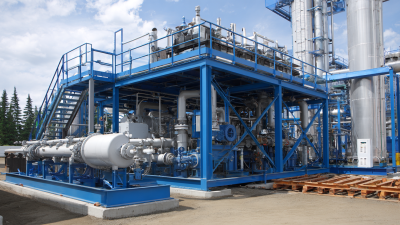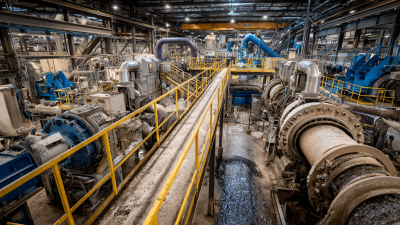

You know, in the oil and gas world, getting the separation of oil, water, gas, and sand just right is a big deal. It’s really key for not only squeezing out maximum efficiency but also keeping our environmental impact in check. I came across a report from Research and Markets that says the global market for oil and gas separation equipment is expected to hit around $16 billion by 2025 — pretty impressive, right? This surge is mainly driven by the push for cleaner energy and smarter waste management.
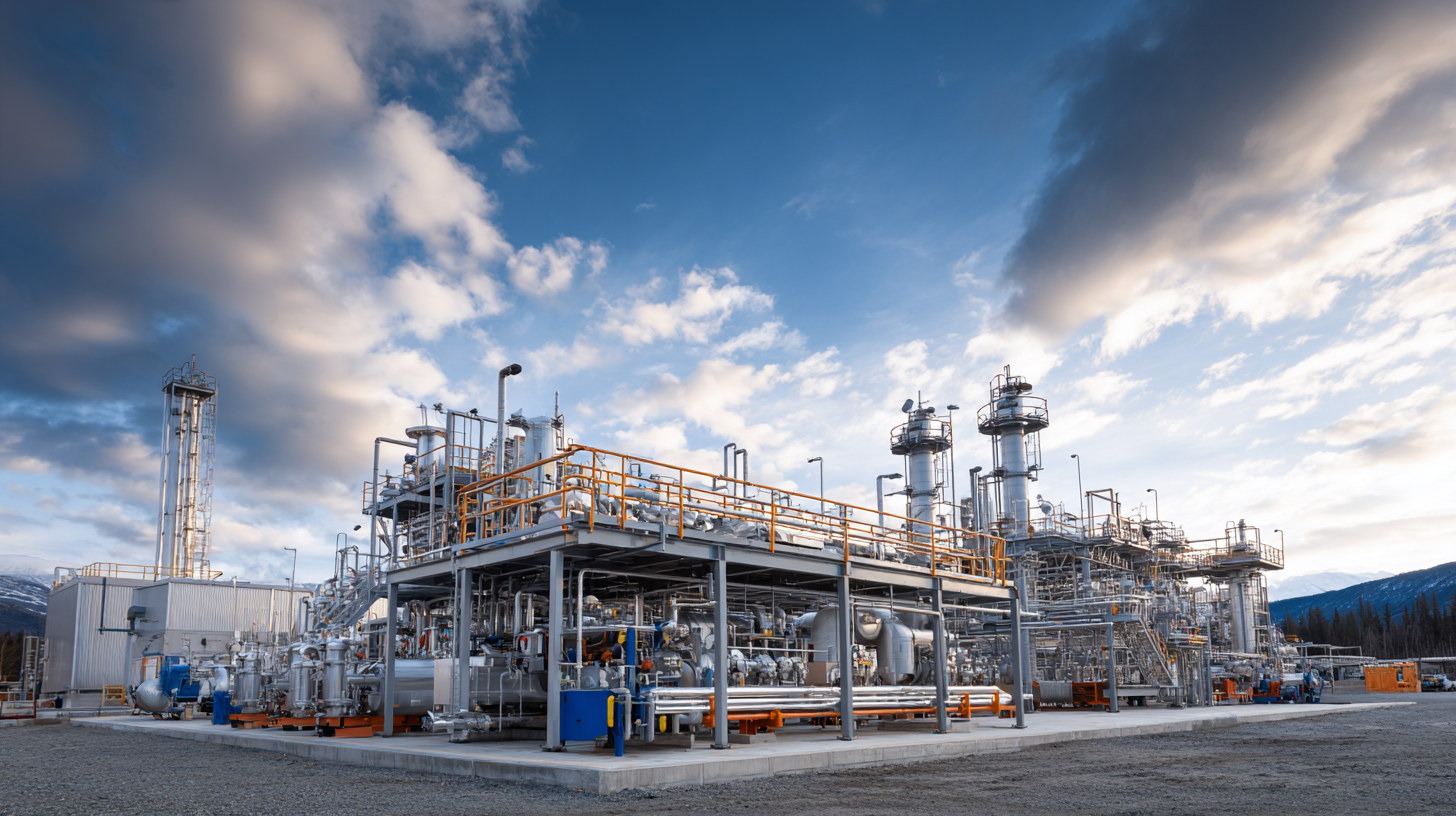
Over here at Shanghai Shangjiang Petroleum Engineering Equipment Co., Ltd., we’re all about pushing the envelope with new separation and filtration tech that’s specifically designed to meet these needs. Our work with cyclone separation products really shows our commitment to making separation more efficient, so operators can handle those tricky phase separations more smoothly and keep their operations running at their best.
As we look into seven top techniques for better Oil/Water/Gas/Sand separation, we really hope to share some useful insights that can help the industry move toward more sustainable practices — it’s a journey, after all.
Getting effective phase separation right is a big deal in the oil and gas world, especially since dealing with oil, water, gas, and sand all at once can get pretty complicated. When you really understand how these elements interact, it helps in designing separation systems that work better and faster. I mean, if you don't handle sand properly, it can wear out equipment pretty quickly. And mishandling emulsified water? That can really screw up your oil quality. So, using advanced separation tech isn’t just a nice-to-have — it’s essential if you want to get the most out of your operations and stay compliant environmentally.
At Shanghai Shangjiang Petroleum Engineering Equipment Co., Ltd., we’re all about pushing the boundaries when it comes to separation and filtration tech. Our team is dedicated to coming up with better cyclone separation solutions because we know how tricky separating these phases can be. We’re constantly refining our methods to help operators improve separation, which means better purity, fewer shutdowns, and overall smoother ops. The goal? Maximizing resource recovery while also keeping sustainability in mind. It’s all about making those processes more efficient and smarter — and yes, sometimes a little innovative thinking makes all the difference.
| Technique | Description | Efficiency (%) | Cost ($/m³) |
|---|---|---|---|
| Gravity Separation | Utilizes density differences to separate phases. | 85 | 0.50 |
| Centrifugation | Uses centrifugal force to separate components based on density. | 95 | 2.00 |
| Filtration | Removes solids from liquids using porous media. | 80 | 1.00 |
| Heat Treatment | Uses thermal energy to change the state, aiding separation. | 90 | 1.50 |
| Coalescence | Combines fine droplets into larger ones for easier separation. | 88 | 1.20 |
| Chemical Separation | Introduces chemicals to alter phase behavior and aid separation. | 92 | 3.00 |
| Electrophoresis | Uses electric field to separate charged particles in a fluid. | 86 | 2.50 |
Efficient methods for separating oil from water are super important nowadays, especially with everything going on environmentally. Lately, there’s been some pretty cool progress in this field. For instance, scientists are now tweaking crabgrass-based filters by adding materials like polyvinyl alcohol and glutaraldehyde—talk about a sustainable, high-tech twist! It’s actually showing some pretty promising results when it comes to making the separation process better. Definitely a neat addition to the list of tools we have for tackling water pollution.
And get this—there’s also some exciting stuff happening with superhydrophilic MXene membranes that can clean themselves. These materials do a fantastic job at avoiding fouling, which is a big headache with traditional filters. If we combine this bio-inspired design with smart membrane tech, we could see a real game-changer for making oil-water separation faster and more efficient, even in tough conditions.
A little tip: When choosing materials for oil-water separation, think about how resistant they are to fouling and whether they can clean themselves. Biodegradable options like crabgrass filters are not only eco-friendly but also do a solid job at separating oil and water. Plus, investing in high-tech membranes that react and adapt can seriously boost performance and durability. Trust me, it’s worth exploring these innovative solutions for better results!
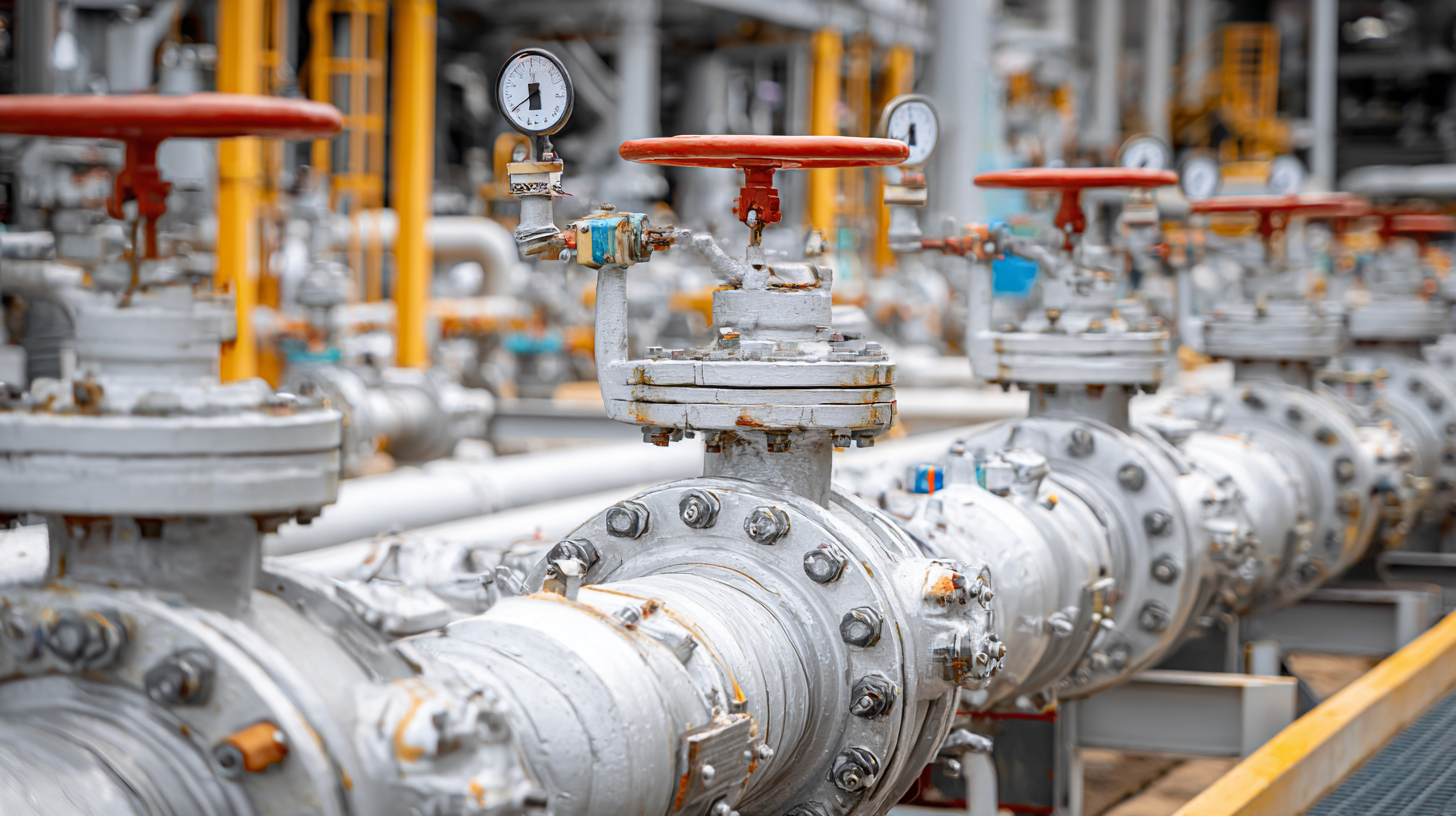 Hey, so in the world of hydrocarbon processing, getting gas separation right is kind of a big deal if you want everything to run smoothly and get the most out of your operations. One trick that actually works pretty well is setting up a multi-stage separation process. Instead of trying to do it all in one go, breaking it down into different steps helps you really isolate the gas from liquids and solids better. This way, you get cleaner gas and higher yields. Plus, it’s easier to adjust each stage to match the specific stuff you’re feeding in, especially if flow rates change around a lot.
Hey, so in the world of hydrocarbon processing, getting gas separation right is kind of a big deal if you want everything to run smoothly and get the most out of your operations. One trick that actually works pretty well is setting up a multi-stage separation process. Instead of trying to do it all in one go, breaking it down into different steps helps you really isolate the gas from liquids and solids better. This way, you get cleaner gas and higher yields. Plus, it’s easier to adjust each stage to match the specific stuff you’re feeding in, especially if flow rates change around a lot.
Oh, and a quick tip—don’t forget about regular maintenance! Checking and cleaning your separation equipment often is super important. If you let buildup happen, it can really mess with efficiency. Keeping everything in good shape means steadier gas flow and fewer dodgy contaminants slipping through, which also means your equipment lasts longer.
Another thing worth considering is upgrading to more advanced gas-liquid separators. Modern designs with better internal features can really make a difference—they help improve how the phases interact. Less turbulence means a smoother, more effective separation, which is always a win.
And here’s another tip: keep a close eye on your operating parameters like pressure, temperature, and flow rates. Staying on top of these gives you a good sense of how the system’s doing and lets you catch any problems early before they turn into bigger issues.
Managing sand properly is super important when it comes to phase separation systems, especially in the oil and gas world.
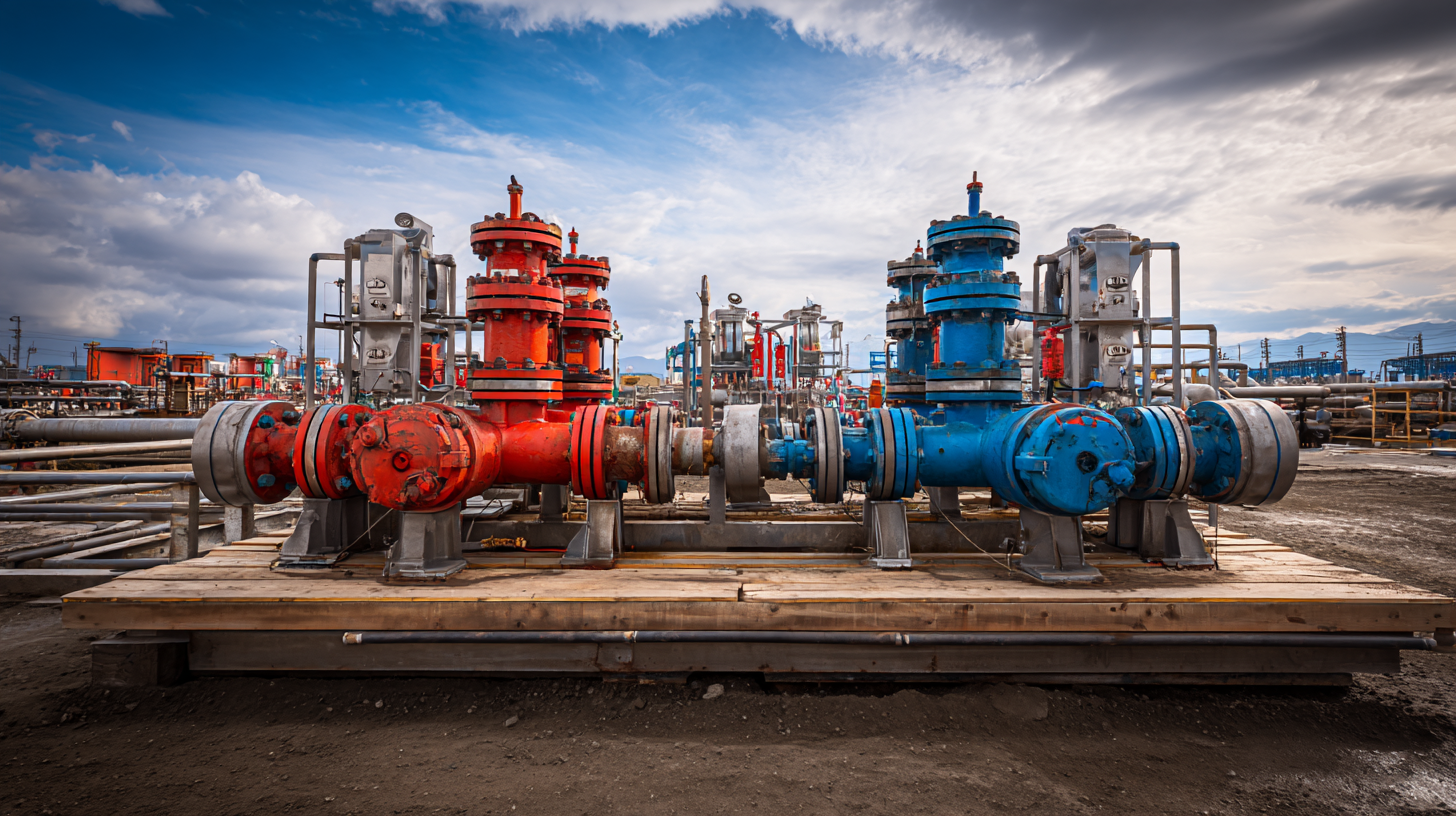 Sand getting into the mix can really throw a wrench in things—affecting how smoothly operations run and how long equipment lasts. Did you know that, according to the
Society of Petroleum Engineers, up to 20% of production costs can actually come from dealing with sand problems?
That's a pretty big chunk! So, finding affordable and effective ways to separate sand from oil, water, and gas can really make a difference—leading to big savings and better overall system performance.
Sand getting into the mix can really throw a wrench in things—affecting how smoothly operations run and how long equipment lasts. Did you know that, according to the
Society of Petroleum Engineers, up to 20% of production costs can actually come from dealing with sand problems?
That's a pretty big chunk! So, finding affordable and effective ways to separate sand from oil, water, and gas can really make a difference—leading to big savings and better overall system performance.
One of the go-to solutions is using hydrocyclones. These handy devices can separate out sand particles really efficiently, and they don’t gobble up a ton of energy in the process. Recent studies from the American Institute of Chemical Engineers show they can achieve separation rates of over 90%. Plus, adding in some advanced filtration systems can further improve the quality of the separated fluids, which helps prevent pipeline erosion and reduces wear and tear on equipment. Combining these methods not only cuts down on downtime but also keeps everything in line with environmental rules. All in all, it’s about keeping the system running smoothly and extending its lifespan—pretty crucial in this industry, right?
Lately, the importance of effective separation methods for oil, water, gas, and sand has really been on the rise, especially in the energy world. When these techs work well, not only does it make operations run smoother, but it also supports sustainability efforts. For instance, some studies have shown that fine-tuning these separation processes can boost recovery rates to over 90%, which means less waste and a smaller environmental footprint. Real-world examples are all around—big companies adopting these advanced techniques are seeing real savings, both in costs and in how much they impact the planet.
And it’s not just the energy sector—other industries are seeing pretty amazing changes too. A look at how industrial wastewater is handled, for example, shows that better separation methods can cut down hazardous waste by up to about 30%. That’s a pretty big deal for making industrial processes more eco-friendly. Plus, using nature-based solutions has proven helpful in reducing the effects of natural disasters. All of this highlights how cross-sector approaches—picking what works from real success stories—can really push broader adoption of efficient separation and management methods.
You know, as industries start really focusing more on sustainability, it’s pretty exciting to see where phase separation tech is headed. There are so many cool innovations on the horizon, like new materials—think nanostructured membranes—that are being designed to make oil, water, gas, and sand separation way more efficient. These breakthroughs could cut down on energy use and trim down environmental impacts, making operations a lot greener—and that’s a win for everyone.
Oh, and here’s a tip: adding smart sensors into the mix can seriously boost how well these separation processes work. When you gather real-time data and analyze it, operators can tweak things on the fly, fine-tuning the process for max efficiency and cutting waste. It’s like having a smart assistant that keeps everything running smoothly.
Plus, automation and AI are about to really shake things up in the world of phase separation. Thanks to machine learning, these systems can learn to predict and control how different phases behave—making operations smoother, cutting down on downtime, and actually boosting productivity. Pretty fascinating, right?
And listen, investing a bit in training your team on these new tech trends is gonna be super important. Getting your people comfortable and skilled with AI and automated systems isn’t just about keeping up—it’s about staying ahead. When your team knows how to leverage these tools, not only will your separation processes improve, but they’ll also feel more confident navigating the constantly changing industry standards.
: Effective phase separation is crucial because it significantly impacts the efficiency of extraction and processing operations by managing the interactions between oil, water, gas, and sand, which can affect equipment wear and oil quality.
Advanced techniques include implementing multi-stage separation processes, utilizing hydrocyclones for sand separation, and employing advanced gas-liquid separators with enhanced internal designs to promote better phase interaction.
Regular maintenance, including routine checks and cleanings, is essential to avoid buildup that could impair efficiency, ensuring steady gas flow and minimizing contaminants, which can extend equipment lifespan.
Hydrocyclones are effective in separating sand particles from fluids with minimal energy consumption, achieving separation efficiencies exceeding 90%, which helps mitigate operational challenges related to sand.
Closely monitoring parameters such as pressure, temperature, and flow rates provides vital insights into system performance, allowing for early issue detection and better overall efficiency.
Effective separation techniques ensure compliance with environmental regulations, reduce operational downtime, and optimize resource recovery, contributing to more sustainable practices within the oil and gas sector.
According to the Society of Petroleum Engineers (SPE), up to 20% of production costs in the oil and gas industry can be attributed to sand management issues.
Utilizing modern separation technologies reduces turbulence and enhances phase interaction, resulting in improved purity and yield of the extracted products.
The presence of sand can significantly impact operational efficiency by causing equipment wear and increasing production costs, necessitating effective sand management strategies.
Focusing on innovative technologies improves operational efficiency, enhances product purity, reduces downtime, and supports sustainable practices in the oil and gas industry.

